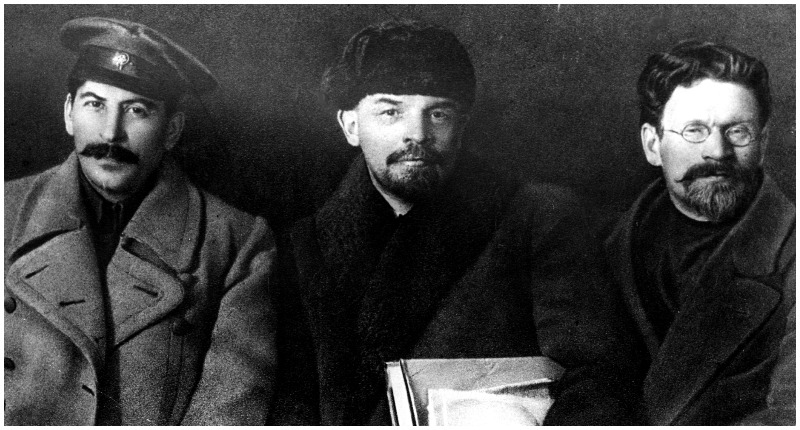Vienna has been one of the world’s great cities for centuries. It was an early outpost of Western Christianity in the Middle Ages and became the capital of the powerful Holy Roman Empire in the mid-1400s.
Vienna was a stronghold of European civilization against the encroaching Ottoman Empire in the 16th and 17th centuries.
The Habsburg emperors ruled from the city from that period until 1918, when WWI saw the dissolution of the Austro-Hungarian Empire. And of course, Vienna has always been a center of culture and the fine arts.
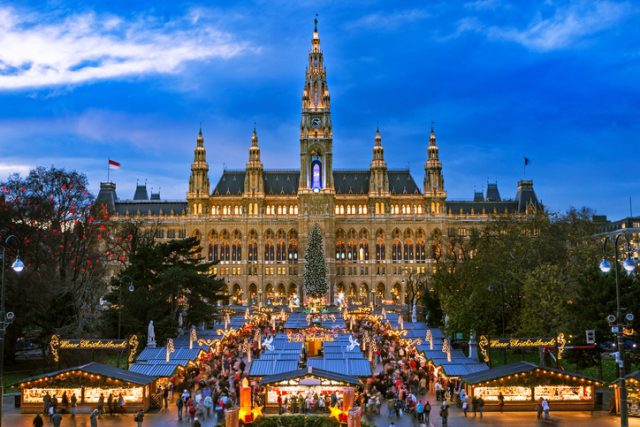
The city has always been at the center of world events, but for a short time before WWI, Vienna was home to some of the most influential figures of the 20th century, and they all lived there at exactly the same time.
One of Vienna’s most famous citizens was the Father of Psychoanalysis, Sigmund Freud.
Freud, whose studies would lead to so many breakthroughs and theories involving the secrets of the human mind, was a child of the Austro-Hungarian Empire, born in Moravia (in the present day Czech Republic), but spending most of his adult life in Vienna until he fled the Nazis in 1938.
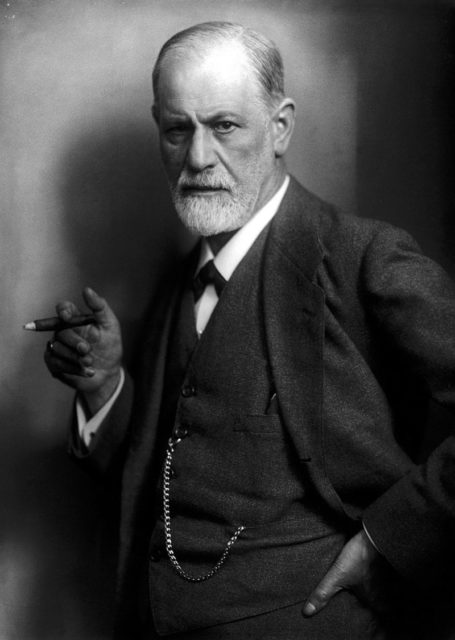
Speaking of Nazis, the Führer himself lived in Vienna for five years (1908-13). An Austrian by birth, Hitler was the product of smaller provincial towns in Austria’s hinterland, and his move to Vienna, one of the world’s great cities, was a shock.
Previously surrounded by people who spoke only German and shared the same German culture with him, Hitler almost immediately felt like an outsider in the cosmopolitan capital city of his country.
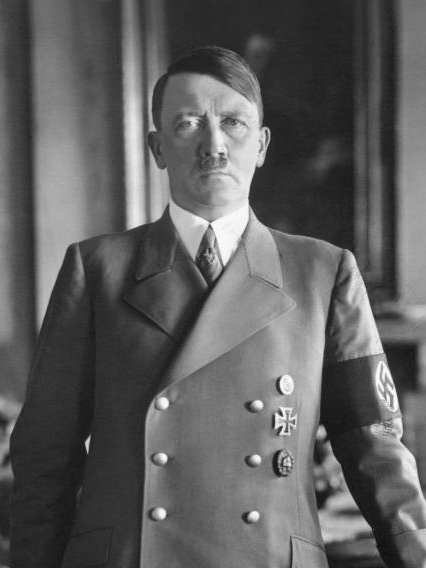
It did not help that the city’s mayor, Karl Lueger, was a passionate anti-Semite: Hitler picked up many of his anti-Semitic beliefs from the writings, speeches, and influence of Lueger and those like him. Of course, he was famously rejected by the Vienna Academy of Fine Art, (on the board of which were a couple of Jewish instructors) thwarting his dreams of becoming a famous painter. Until the day he died, Hitler blamed the Jews of Vienna for killing his dreams and criticized Vienna and other large cities for their “metropolitan” atmosphere – “metropolitan” being a code-word for “foreign”.
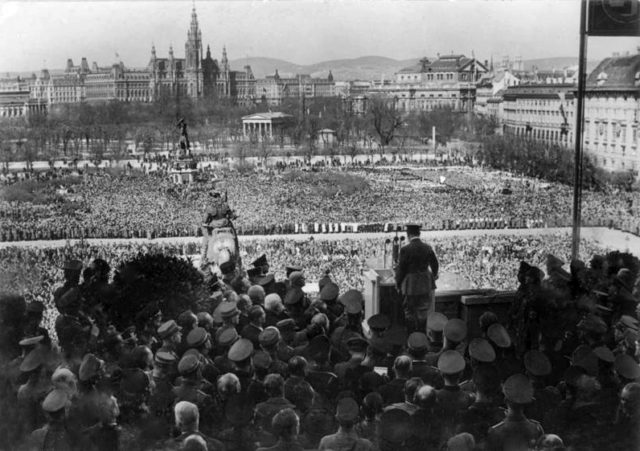
While Hitler was trying to become a painter and learning how to hate, just over a mile to the southwest lived another fanatic. This was Lev Davidovitch Bronshtein, better known as Leon Trotsky, a Russian/Jewish exile.
While in Vienna, Bronshtein wrote newspaper articles, political pamphlets and held meetings to coordinate both the activities of other political exiles and plan the overthrow of the Russian Empire.
He later became one of the leaders of the Bolshevik Revolution, the head of the Red Army during the Russian Civil War and eventually a victim of Josef Stalin. Speaking of which…
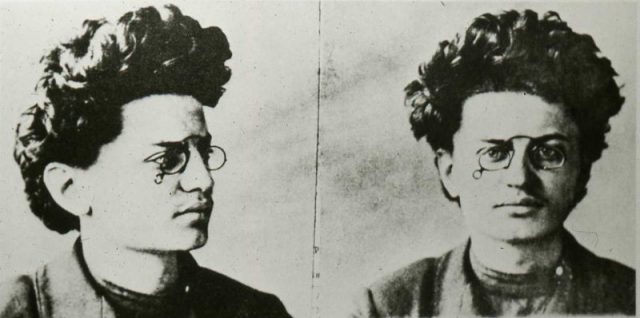
In 1913, Trotsky was sitting at a table in one of Vienna’s famous cafés, waiting for a visitor. The visitor, a Greek named Stavros Papadopoulos, was coming from a meeting with the leader of the Bolsheviks, Vladimir Lenin, who was living in the Austria-Hungarian city of Krakow (present-day Poland), but frequented Vienna when necessary.
When Papadopoulos entered the café, Trotsky noted his “peasant” looks, poor clothing and pock-marked face. Papadopoulos, in reality, was Josef Stalin, disguised as a Greek with a forged passport, the man who would one day order Trotsky’s death.
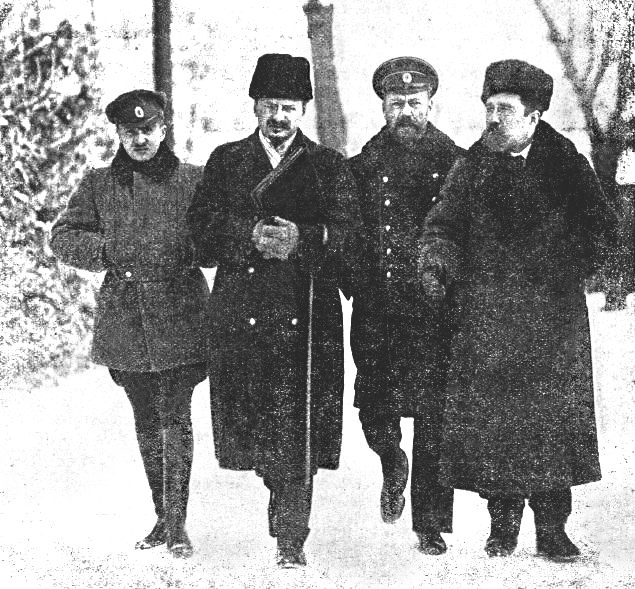
Stalin only stayed in Vienna a short time, but while there, he wrote a tract entitled “Marxism and the National Question”, in which he discussed how national identity could exist within a supposedly international movement (communism).
This tract was viewed favorably by Lenin and other leading Bolsheviks and propelled Stalin into the ranks of the leading men of the party.
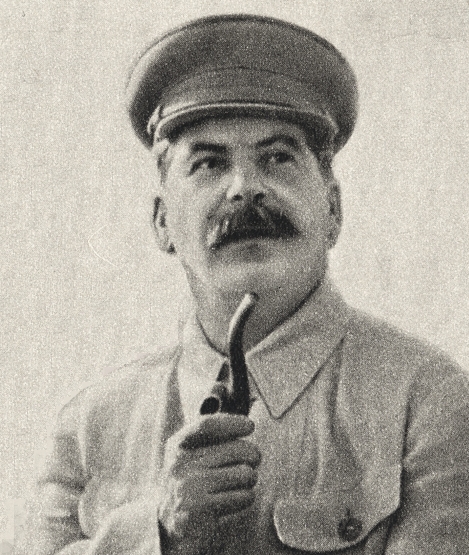
Another future leader lived not far from Stalin. His name was Josip Broz, who is more famously known as “Tito”, the leader of communist Yugoslavia from 1945 until his death in 1980. Tito lived in Vienna for about a year, spanning 1912-13.
At the time, Tito was more of a Socialist, working to improve conditions at the auto plant where he worked. He did not join the Communist Party until 1921. During WWII, he successfully led an insurgency/resistance movement against the Nazis, diverting hundreds of thousands of German troops from the Russian and Western fronts.
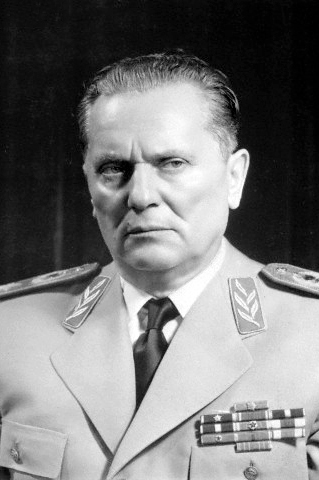
After the war, he resisted the demands of Stalin to toe the line from Moscow and became the target of Stalin’s assassins. None succeeded. He famously sent a very public note to Stalin in the late 1940s, which read: “Stop sending people to kill me. We’ve already captured five of them, one of them with a bomb and another with a rifle…If you don’t stop sending killers, I’ll send one to Moscow, and I won’t have to send a second.” Amazingly, Stalin stopped sending assassins.
Other than Trotsky’s meeting with Stalin, no one knows for sure whether any of these men were in the exact same spot at the exact same time or if they had communication among themselves. However, being that they all lived within three to four miles of each other, it is not far fetched to believe that it could have happened.
The idea has been put forward in “alternative history” books, and at least one play, entitled “Dr. Freud will see you now, Mr. Hitler”, put on in 2007.
